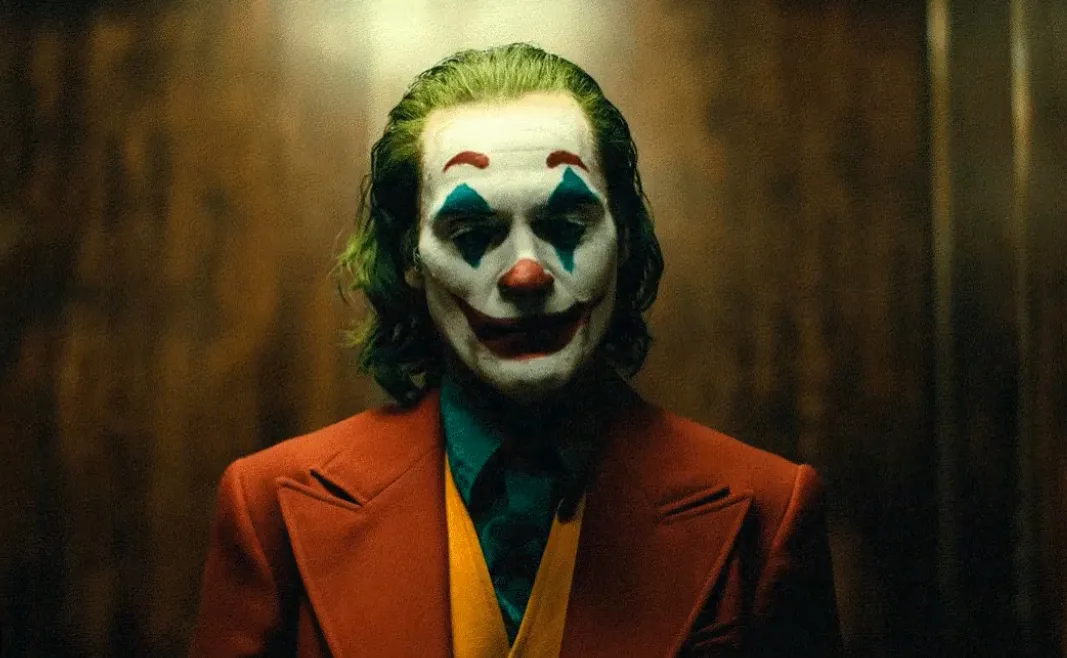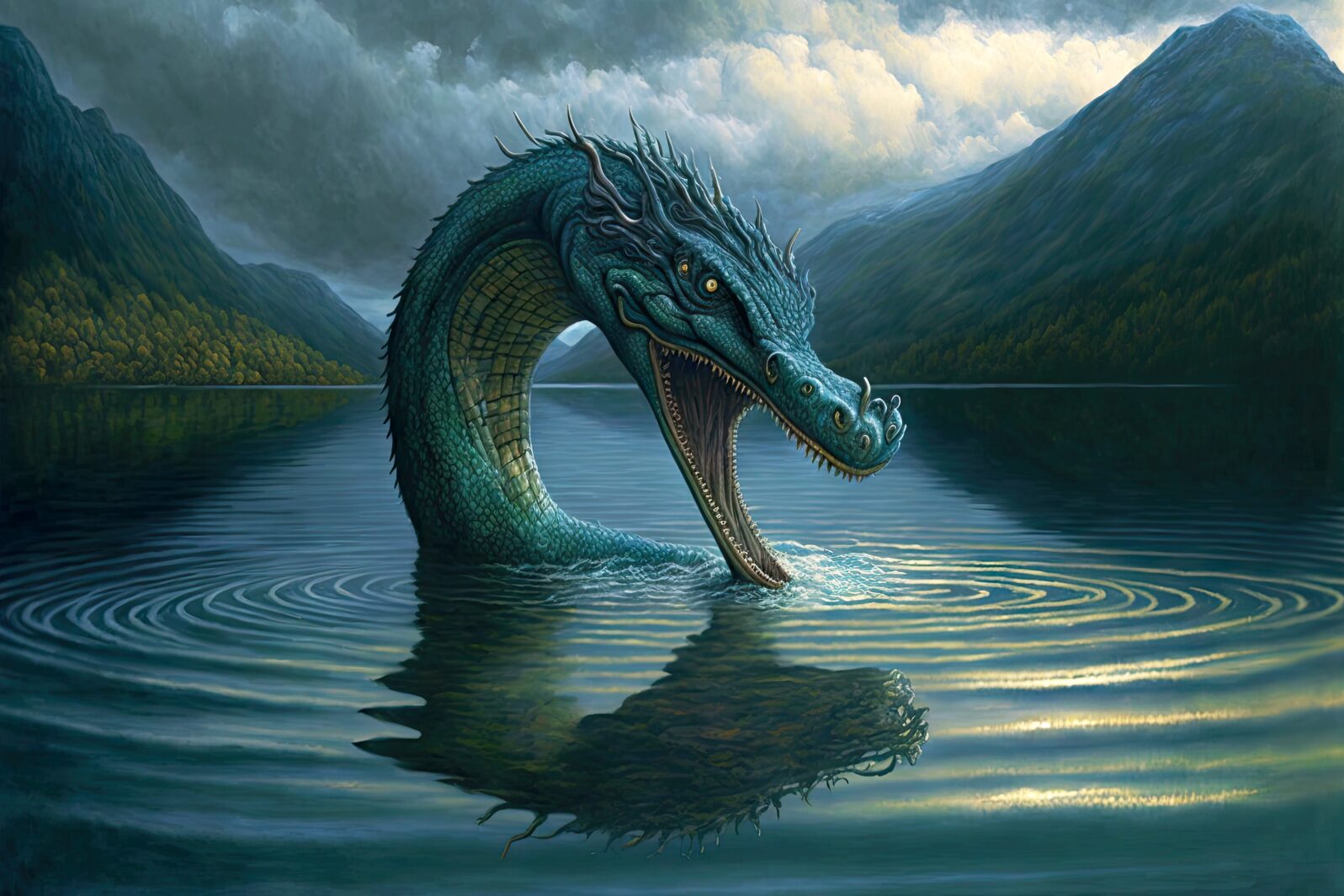Cyber Plagiarism: When AI Systems Snatch Your Copyrighted Images
Outright copying of others’ images may put system’s owners in legal jeopardy. Let's look at U.S. legal decisionsThe advances of artificial intelligence (AI) took a predictable turn in January 2024, as this New York Times headline revealed: “We Asked A.I. to Create the Joker. It Generated a Copyrighted Image.”
The situation arose when Michigan-based artist Reid Southen experimented with an AI image generator’s power to receive prompts in written language and respond with images, i.e., drawings and illustrations. Mr. Southen reportedly gave the generative AI system Midjourney this command: “Create an image of Joaquin Phoenix Joker movie, 2019, screenshot from a movie, movie scene – ar 16:9 – v 6.0.” (The digits define the aspect ratio and Midjourney’s version number.)
Midjourney delivered this image, purportedly a product of generative AI:

Very cool – except the AI product is practically identical to Warner Brothers’ copyrighted image of Joaquin Phoenix as the movie character The Joker:

Does the AI-produced image infringe on the Warner Brothers’ copyrighted illustration?
According to the Times (January 25, 2024), Mr. Southen followed up on his Joker experiment by submitting general prompts for fictional comic-style characters without mentioning any specific names. Midjourney delivered apparently copied images of: Sega’s Sonic the Hedgehog; Woody, Buzz and other characters from Pixar’s movie Toy Story; and the Marvel comic character Iron Man. These experiments, which found AI returning nearly identical copies of copyrighted illustrations, suggest that copyright infringement may be occurring.
Typically, under U.S. law, the copyright owner (claimant) can prove that a given work product infringes the copyright by showing:
(1) The claimant does own a valid copyright in the work; and
(2) The accused did copy “constituent elements of the work that are original.”
Usually, the claimant can prove owning the copyright. The key element, “unlawful copying,” can be established by one of three main elements:
(a) Actual evidence of physically copying (rarely exists);
(b) The “striking similarity” between the copyrighted work and the alleged “copy” (often exists); or
(c) Showing the accused person had access and opportunity to see the work and that the alleged “copy” is “substantially similar” to the copyrighted work.
Now consider Midjourney’s image of The Joker, using these legal elements. Undisputedly, Warner Brothers owns the copyright to the original illustration. Did the Midjourney AI engine unlawfully copy that original?
Element (a) asks whether there is actual evidence of copying of the original. Current generation AI systems that “learn,” such as ChatGPT and Midjourney, make copies of the things they read, scan, and/or analyze. They must make copies in order to process them in the computer’s memory. Whether Warner Brothers could obtain the physical or documented proof of that is another matter, but in theory Element (a) could be established.
Element (b) looks at whether the alleged copy is strikingly similar to the copyrighted image. Here, the Midjourney image of The Joker is nearly identical, if not completely so, to the copyrighted image. Under the “striking similarity” test, that is strong evidence of copying, so Element (b) is readily established.

Element (c) considers whether the accused infringer had “access” to the copyrighted work and then produced an image that is “substantially similar” to it. Here, Midjourney had access to the Internet, where the Warner Brothers images were stored. The Midjourney image of The Joker is nearly identical to the Warner Brothers image, and certainly is substantially similar.
Using “lawyer” language, we can say that the claimant can make a prima facie case of copyright infringement against the Midjourney image of The Joker. It’s up to the accused infringer to present a convincing defense.
Will the “Oops, Sorry, Tech Glitch” Defense Work?
Some AI companies have argued that when their systems reproduce copyrighted material too closely, the software is operating improperly. They consider the near-direct copying a “bug” in the software, often called “memorization.” Memorization can happen when the AI systems train themselves on data consisting mostly of similar or identical images. Reportedly, the companies are trying to fix the bug.
Arguably, a bug in the software might be a reason to claim that the infringing image was not intentionally made and the infringement is therefore “innocent.” Under current law, however, there is no “innocent infringer” defense to liability for unlawful copying. As the federal Fifth Circuit Court of Appeals stated in a 2021 decision: “The plain language of the [copyright law] shows that the infringer’s knowledge or intent does not affect its application.” A 2021 Ninth Circuit decision reconfirmed that proving an infringement was “innocent,” not intentional, can work only to reduce statutory damages, not excuse the infringement.
The “AI Did It – Not Me” Defense
A person directly infringes a copyright by making an unauthorized copy of a protected image. Mr. Southen received copies of protected images from AI computer systems, however, not from a person making a copy. Does it matter?
The Supreme Court’s landmark 2005 decision, MGM Studios Inc. v. Grokster, Ltd., declared that a person or company can be liable for indirect infringement of two types:
· Contributory infringement: by intentionally inducing or encouraging infringement using a computer system
· Vicarious infringement: by profiting from direct infringement via a computer system while not taking possible actions to stop or limit it
Under current law, if you make a computer system publicly available that readily and predictably produces unauthorized copies of copyrighted images, you may be liable for contributory infringement. If you profit from the computer system’s unauthorized copying, instead of trying to prevent it, then you face possible liability for vicarious infringement.
AI systems that readily and predictably make copies of copyrighted images, then deliver those images with few or no substantive modifications to requesting users, can put the systems’ owners at risk for direct, contributory, and vicarious copyright infringement liability. The AI companies offering the image-creating services need Robot from Lost in Space in their legal departments, waving its arms, crying out: “Warning! Danger!”